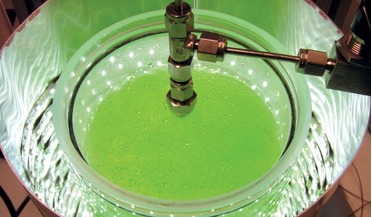 July 2018
Using algae to support astronauts on deep space missions
July 2018
Using algae to support astronauts on deep space missions
... currently employed onboard the ISS. Space to breath On Earth more than 50 percent of the oxygen we breath is produced by algae in our oceans, so why not try to duplicate those biological processes as a life support system in a space habitat? Perhaps...
 October 2017
Colouring our view of the oceans
October 2017
Colouring our view of the oceans
... of water aren’t always blue. Blooms of microscopic algae, otherwise called phytoplankton, spread over large expanses of the...satellites are now so advanced that they can actually observe algae from space, a capability first demonstrated 40 years ago...
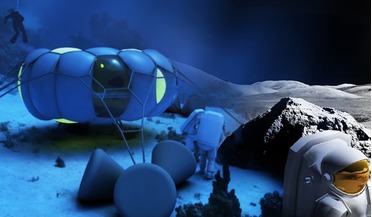 February 2016
Shifting Space Perspectives: Artistic Research as Connective Research Area
February 2016
Shifting Space Perspectives: Artistic Research as Connective Research Area
...material is subsequently taken up by the metabolic system of the algae bioreactor, which transforms CO2 into O2 and generates biomass. ...-being Other cells will include bioreactors filled with algae that can assist in recycling carbon dioxide to oxygen...
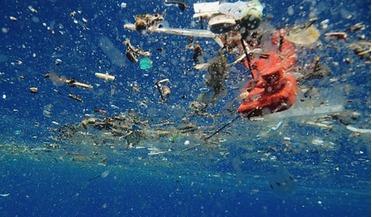 August 2018
Monitoring marine litter by satellite
August 2018
Monitoring marine litter by satellite
..., white caps and other floating organic objects such as algae and large animals. Finally, this technique does not allow...at sea accumulates bio-fouling (a layer of microorganisms, plants, algae, animals) on the surface, which could mask the material ...
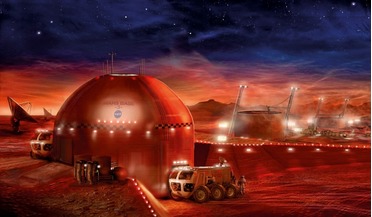 April 2020
Evolutionary lessons for an interplanetary future
April 2020
Evolutionary lessons for an interplanetary future
... flattened tails to help them swim, sharp teeth for scraping algae off volcanic rocks beneath the sea, and nasal glands to ...: flattened tails to help them swim, sharp teeth for scraping algae off volcanic rocks beneath the sea, and nasal glands to get...
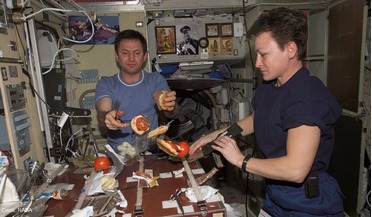 October 2015
Eating in space: from Michelin-starred chefs to self-sufficiency
October 2015
Eating in space: from Michelin-starred chefs to self-sufficiency
... planets or in space vehicles. They are: rice, onions, tomatoes, soya, potatoes, lettuce, spinach, wheat and spirulina alga, and they remain the central focus of research. Michelin-starred French chef Alain Ducasse even devised...